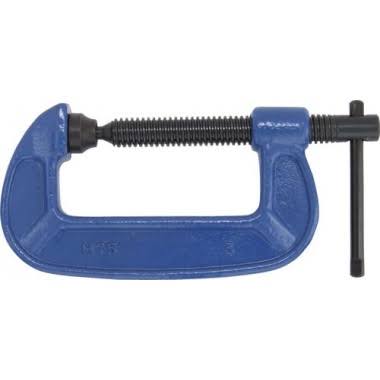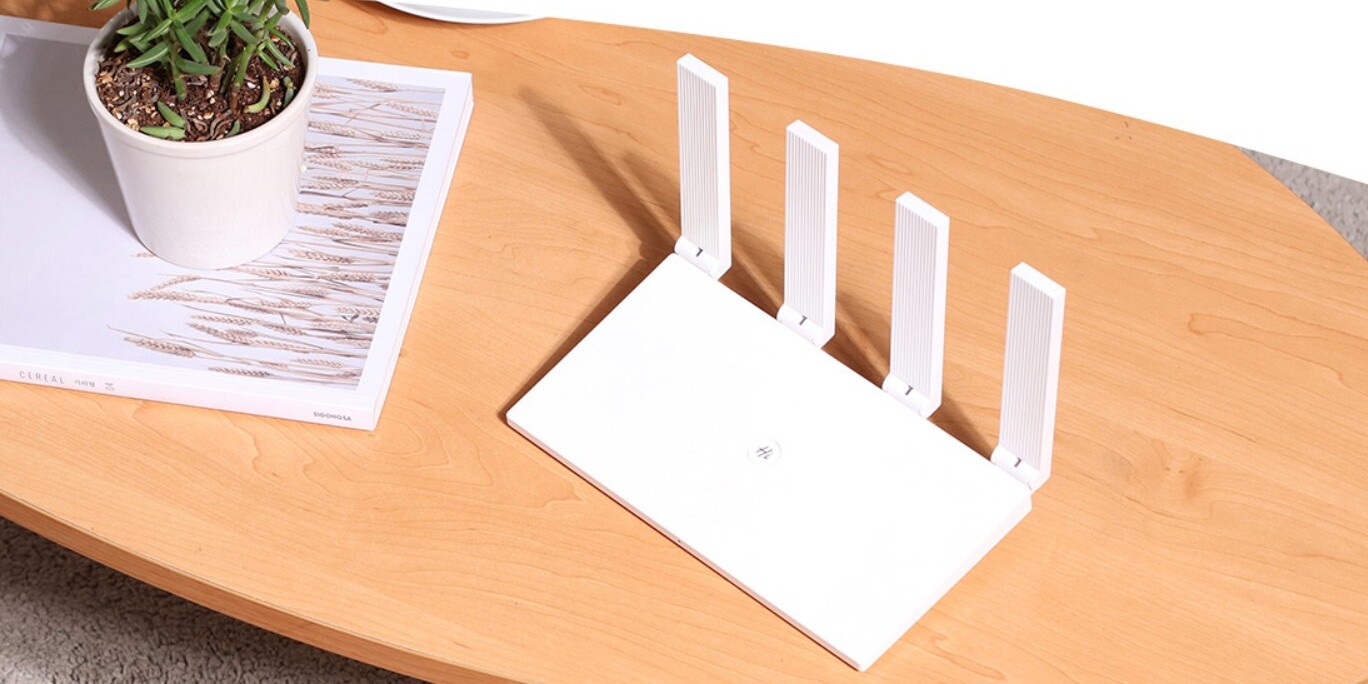G clamps are one of the most versatile tools available to woodworkers, but they’re also one of the most often used incorrectly or inefficiently. That’s why you should use them like a pro! Here’s how to get the most out of your g clamp with these helpful tips and techniques to make them work even better.
A brief introduction to G clamps
G clamps are a versatile and powerful tool that can be used for a variety of tasks in the home, workshop, or job site. They are often used to hold things together temporarily or permanently, such as to join two pieces of wood together. They come in a variety of sizes and styles, making them an ideal choice for any project. G clamps are strong, durable, and easy to use. This article will provide an overview of how to use a G clamp like a pro.
The many uses of G clamps
G clamps are a versatile and essential tool for any handyman or DIYer. They can be used to join pieces of wood, secure materials during cutting, provide extra support for heavier items, and even help with certain plumbing tasks. G clamps are also incredibly durable, making them a great addition to any toolbox. Here are just a few of the uses for G clamps:
Joining pieces of wood – For those who need to join two pieces of wood together quickly, G clamps are the perfect solution. To do this, you will need to clamp one side tight against the work surface and then place another in a similar position on the other side before tightening down both sides together. You may need an assistant if one end is too high up for you to reach. Be sure not to tighten both sides so tightly that it bends your boards out of shape!
Securing materials – When cutting with power tools such as table saws and circular saws, a material often needs securing so that it doesn’t shift around while being cut. For this reason, many people use G clamps as temporary stops that they attach at different points along their workpiece in order to keep it in place without causing damage by stretching or pinching it while working on it.
Choosing the right G clamp for the job
When it comes to choosing the right G clamp for the job, it’s important to consider the size, shape, and type of material you’ll be clamping. Smaller G clamps are ideal for light-duty jobs like securing fabric or securing small components, while larger clamps are better suited for heavier tasks like clamping a large sheet of wood or metal. Additionally, some G clamps come with a swivel head that can be used to make clamping easier in hard-to-reach areas. Make sure you have the right clamp for the job and you’ll have a successful project.
Tips and tricks for using G clamps
G clamps are a must-have tool in any workshop. They come in handy for clamping objects together and holding them securely in place while you work on them.
The uses of G clamps range from clamping furniture, to clamping materials during construction projects and other general tasks. Here are some tips and tricks to help you get the most out of your G clamps.
- 1. Start by attaching the clamp to the object you want to secure. Make sure it is firmly attached and won’t move when tightening the handle.
- 2. Once the clamp is attached, use the handle to tighten it until it grips firmly and securely. You can adjust the tightness of the clamp depending on how much force you need to apply.
- 3. Be careful not to over-tighten the clamp as this can cause damage to your materials.
- 4. For projects that require a lot of precision, consider using two or more clamps placed side by side. This will ensure that your workpiece stays in place while you work on it.
- 5. If you’re working with wood, make sure you use a soft pad such as felt or rubber between the jaws of the clamp and the workpiece to avoid damaging it.
- 6. When clamping fragile objects, use a padded clamp jaw to prevent any damage that might occur from too much pressure being applied.
- 7. Make sure to keep your G clamps clean and lubricated. A light coat of machine oil can help reduce wear and tear on the moving parts of the clamp.
Following these tips and tricks will help ensure that you get the most out of your G clamps. With proper care and maintenance, your G clamps will be reliable tools for years to come.
Conclusion
In conclusion, using a G Clamp is a great way to secure materials during construction and other projects. With the right size and type of G Clamp for your project, you can make sure your workpiece stays in place and is securely fastened. It’s also important to follow safety precautions when using a G Clamp, as improper use can cause injury. With these tips and advice, you can become a G Clamp pro in no time!







